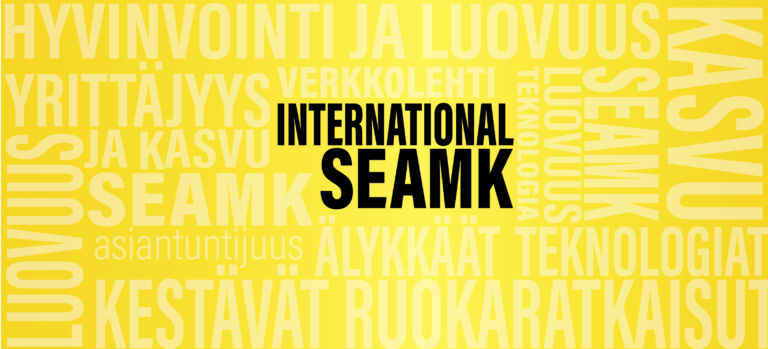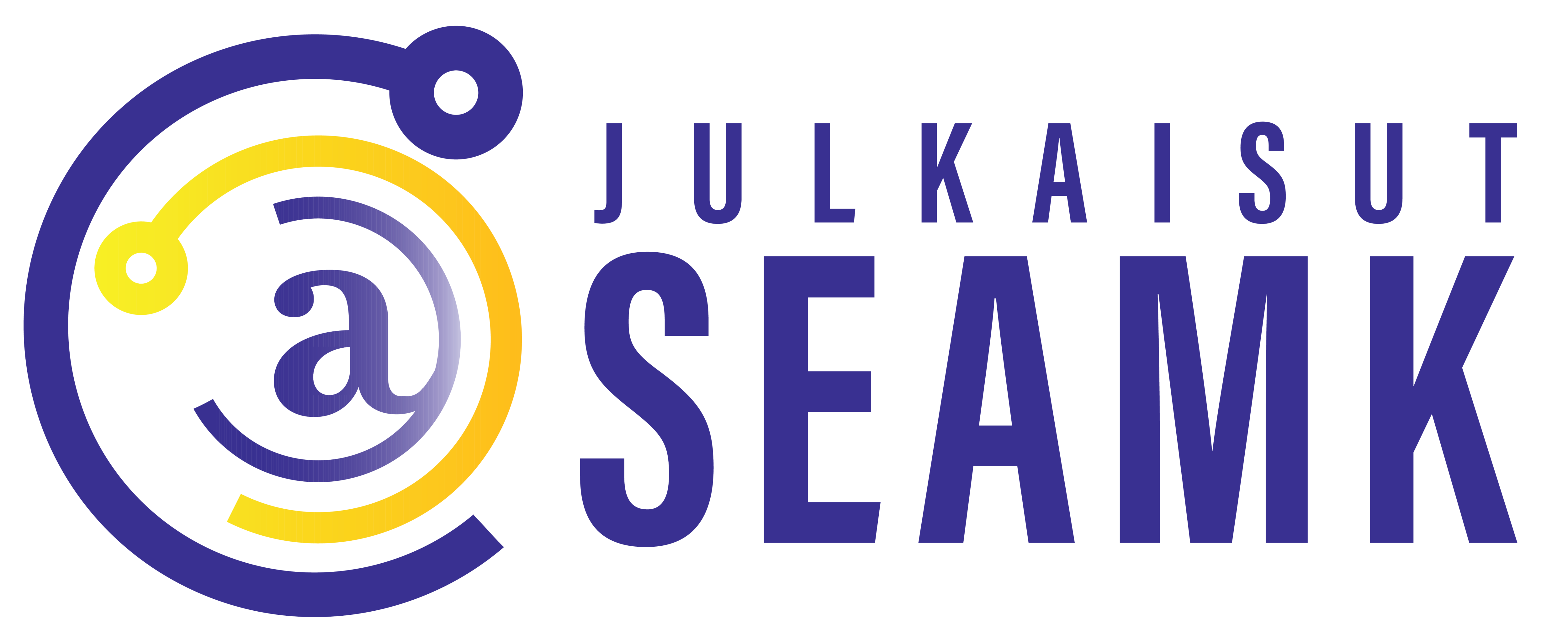Six areas for development in the immigration, social inclusion and settlement ecosystems

Artikkeli suomeksi: Maahanmuuton ja kotoutumisen ekosysteemien kuusi kehityskohdetta
This article complements The both sides of the immigration, social inclusion and settlement ecosystems series, providing an in-depth look at key areas essential for fostering a thriving ecosystem for immigration, social inclusion and settlement. It also explores practical strategies for enhancing both sides of the ecosystems (service providers and users) while aligning with broader societal goals. You van read more about the conceptual reflection from here Ecosystem concepts in the context of immigration, social inclusion and settlement
Organizing as an Ecosystem: Coordination, Collaboration, and Networking
Supporting the social inclusion and settlement of immigrants requires that various actors—such as employment regions, welfare areas, municipalities, educational providers, employers, organizations, local government, and immigrant communities—work closely together. Each actor should understand their own roles as well as the needs of their stakeholders and partners, including basic services and client guidance, so that they can guide their clients to the appropriate services as needed. This cooperation strengthens the immigration ecosystem and supports the social inclusion and settlement of immigrants at various stages of the human life cycle.
Building Competence in Cultural and Language Awareness
People’s cultural backgrounds, experiences, and language skills in Finnish or their native languages vary. Diversity can be better addressed in the design and delivery of services as well as in the development of staff competencies. Culturally and linguistically aware skills among staff of the key services enhance equality in both receiving and providing services, improve the social inclusion and settlement ecosystem for clients being guided, reduce the risk of misunderstandings, and increase the quality of services.
Cultural awareness could be developed, for instance, through training sessions or workshops, where both service provider staff and immigrants can learn from each other. This way, cultural understanding would become an ongoing process, not just a part of service establishment.
Improving Service Accessibility
Accessibility is foundational to all services. While a complex network of social inclusion and settlement -supporting services exists, it is vital that immigrants can easily find and use them. Accessibility encompasses physical and digital access (e.g., Papunet), simplified and clear service descriptions in multiple languages, and visual aids (Centre of Expertise in Immigrant Integration). Overly complex, conflicting, or solely Finnish-language information can impede understanding and efficiency of settelemnt. Ensuring clear and accessible services benefits both immigrants and organizations, strengthening the ecosystem as a whole (Regional State Administrative Agency, 2020).
Promoting Digital Inclusion and Technological Accessibility
Digital services are increasingly important for societal participation and access to services. However, some individuals may face challenges in using technology due to language barriers, unclear instructions, lack of devices, or limited technological knowledge. Digital platforms should prioritize multilingual, plain-language, and visual communication, enhancing access particularly for those unable to reach physical service points. Given that translation tools may not accurately render Finnish, information should also be provided in English.
Guidelines for Communication, Interaction, and Consistency
One of the key elements of the social inclusion and settlement ecosystem is clear communication and mutually agreed methods of interaction. This involves, for example, common guidelines for bilingual or multilingual communication and operations that are established either internally within organizations (service providers) or at the level of the immigration ecosystem. It is important to clarify which matters need to be presented, for instance, in Finnish and English, and how languages should be used in different situations (Kielibuusti, 2024).
This approach can reduce misunderstandings and provide a consistent experience regarding the accessibility and content of services. Consequently, immigrants will be better positioned to make informed decisions and utilize services in the best possible way. Furthermore, young people in South Ostrobothnia will have opportunities to excel in global arenas as they learn the fundamental pillars of international interaction as part of key services (Kinossalo, 2023).
Incorporating Immigrant Input into Development
Immigrant communities are an essential part of the ecosystems (Mozaffari, 2024). Engaging and involving immigrants in service design strengthens community’s social inclusion and trust in the system. Surveys, feedback forms, and workshops can provide valuable insights for tailoring services to meet people’s needs. Additionally, international students often seek internship placements; involving them in development initiatives can provide mutual benefits. If your organization is interested in fostering ecosystem-driven development through internships, please reach out to us.
Conclusion
Supporting successful social inclusion and settlement requires clear service information, collaboration, cultural and linguistic awareness, and long-term commitment. By viewing the ecosystems from both sides—service providers and users—we can build a sustainable, social inclusion and settlement ecosystems that benefit all.
Behind every statistic are individuals who are part of these ecosystems. Successful inclusion is supported by multidisciplinary collaboration, participatory design, and continuous learning (Mozaffari, 2024).
Maiju Kinossalo
Expert, Researcher, International Education Services
SeAMK
Kinossalo serves as an inclusion and integration specialist at SeAMK and is working on a doctoral dissertation in education, studying identity formation, inclusion practices, and multilingual literacy.
Development of the service ecosystem is explored within the SENSE network, where regional stakeholders gather to share ideas, tools, and strategies to strengthen a sense of belonging in Seinäjoki and South Ostrobothnia.
For further information, contact: maiju.kinossalo@seamk.fi
References
Regional State Administrative Agency. Plain Language Supports Immigrant Integration. Available at: https://www.saavutettavuusvaatimukset.fi / English: https://www.webaccessibility.fi/
Kielibuusti. Language Strategy, August 2024. Inkeri Lehtimaja et al. Available at: https://www.kielibuusti.fi/en/employers/language-policy-planning/language-strategy
Kinossalo, M. (2023). Internationalization – The Key to Success for Young People in South Ostrobothnia. Kansainvälistyminen – avain eteläpohjalaisen nuoren ja Etelä-Pohjanmaan menestykseen. Saatavilla: https://lehti.seamk.fi/muut-artikkelit/kansainvalistyminen-avain-etelapohjalaisen-nuoren-ja-etela-pohjanmaan-menestykseen/
Centre of Expertise in Immigrant Integration. Plain Language is easy to use. Available at: https://kotoutuminen.fi/en/plain-language
Mozaffari, M. (2024). Integration from an Ecosystem Perspective. Maahanmuuttaneiden kotouttaminen ekosysteemin näkökulmasta. Saatavilla: https://www.linkedin.com/pulse/maahanmuuttaneiden-kotouttaminen-ekosysteemin-bahar-mozaffari-k8w6f/
Papunet. Information on Accessibility. Available at: https://papunet.net/papunet-in-english/
